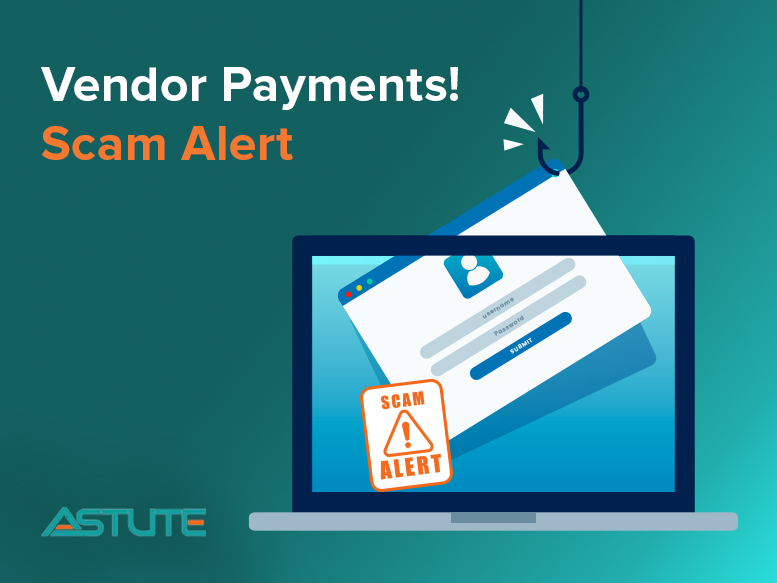As technology advances rapidly in the new AI world, so does the scrupulous mindset. These technologically equipped fraudulent activities pose a significant risk to businesses of the world. Among the distinct types of fraud, two have been making the headlines recently – check mail fraud and vendor email ID fraud. Understanding the modus operandi and taking preventive action is crucial for safeguarding your business funds.
Check Mail Fraud
- Mailing system interception: Check mail fraud involves the interception, alteration, or counterfeiting of checks in transit by exploiting vulnerabilities in mailing systems. Often, unsecured mailboxes or postal routed are targeted.
- Alteration and encashing: Alteration and encashing entail acquiring wrongful possession of the check. Once the check is taken into possession, the payee’s name, the amount, or other crucial details on the check are altered using chemical washes, erasures, or digital means. These altered checks are then used to divert the funds to other accounts.
Vendor Email ID Fraud:
Vendor email ID fraud, also known as Business Email Compromise (BEC), involves impersonating a legitimate vendor or a known contact using an email ID to deceive your business into transferring funds or sensitive information to the fraudster.
Some examples of BEC emails that you might have witnessed commonly are:
- Email spoofing: These emails often resemble the attitude and spirit of the genuine party to avoid suspicion and gain the confidence of the recipient. They may contain payment links, or bank account updates that the recipient then uses to transfer funds.
- Phishing Attacks: These emails can contain malicious links or attachments that can steal login credentials, financial data, or other confidential information. The tone of these emails is often used to create a sense of urgency and exploit human tendencies.
As rampant as these frauds are, there are ways and means to avert such incidents intended to entrap you. As they say, an informed user is less vulnerable.
Here are some of the measures that you can use to safeguard your business:
- Secure Payment Processes: Always use secure payment channels, such as encrypted electronic transfers or direct deposits, to minimize the use of paper checks vulnerable to interception and alteration.
- Verification Controls: Implement robust verification procedures for all financial transactions, including dual authorization, multi-factor authentication, and confirmation through alternate communication channels.
- Cybersecurity training for employees: Educate employees about the risks of fraud and provide training on identifying suspicious emails and adhering to protocols for financial transactions.
- Vendor information authentication: Authenticate the communication channels and verify bank account information from master data, periodically.
Keep in mind that investing in prevention is far more economical than managing the aftermath of fraud. It’s wiser to proactively safeguard against potential risks than to grapple with damage control later. Implementing robust business processes and financial internal controls as preventive measures is key. In the unfortunate event of falling victim to vendor payment fraud, it’s essential to have a comprehensive monitoring program in place for timely detection and corrective action while continuously enhancing safeguards.
If you need any assistance or have questions, please contact our team! At Astute, we are experts at identifying and implementing the right measures for your business.

